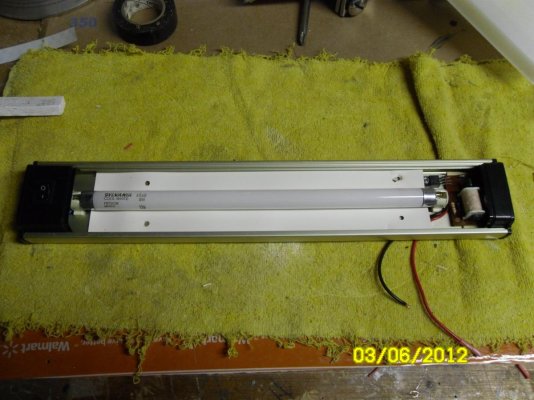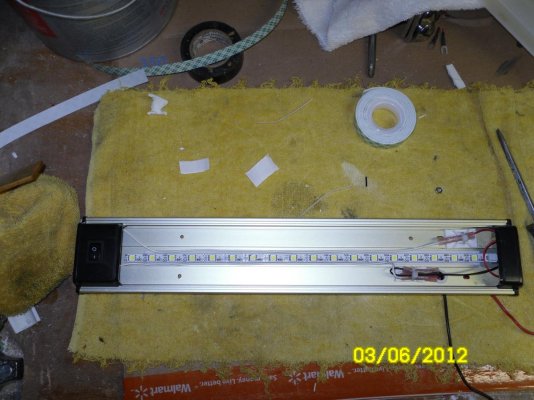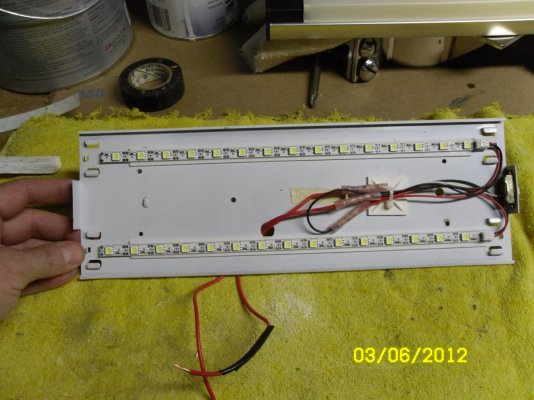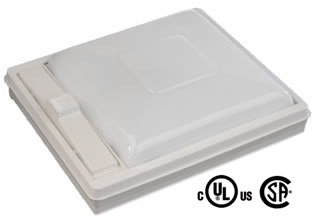mfreeman_1998
Member
- Joined
- Jul 16, 2008
- Messages
- 23
- Location
- USA
- Vessel Name
- M/V Patience
- Vessel Make
- 1978 Californian 38' Trawler
Recently I replaced all the original 1978 light fixtures in my trawler with LED Light fixtures. This has reduced my energy consumption for lighting by 75%. Each fixture consumes ~.3 amps as opposed to the 1.6 amps the old ones required. This is a fairly easy project and requires no special skills.
Material List:
- On/Off Switch (Amazon.com) Cost ~ $.50 each
- Pancake style LED (Amazon.com) Cost ~ $7 each
- Fabricated some round bases from 3/4" thick Mahogany to jazz them up!
I've attached some pictures so you can see the outcome.
Benefits:
- Less Power Consumption
- Brighter (I used the warmer white color of LED)
Downsides
- Less effective at capturing bugs (see attached photo)
Material List:
- On/Off Switch (Amazon.com) Cost ~ $.50 each
- Pancake style LED (Amazon.com) Cost ~ $7 each
- Fabricated some round bases from 3/4" thick Mahogany to jazz them up!
I've attached some pictures so you can see the outcome.
Benefits:
- Less Power Consumption
- Brighter (I used the warmer white color of LED)
Downsides
- Less effective at capturing bugs (see attached photo)
Attachments
Last edited:

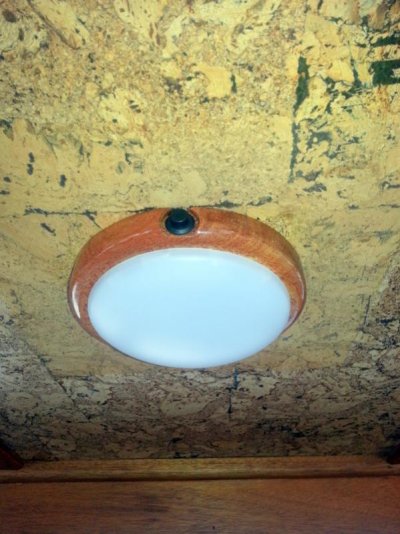
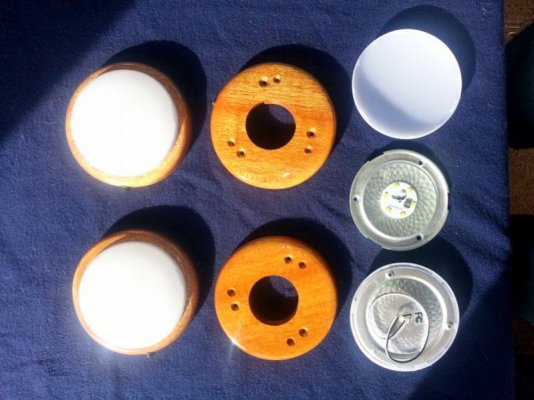
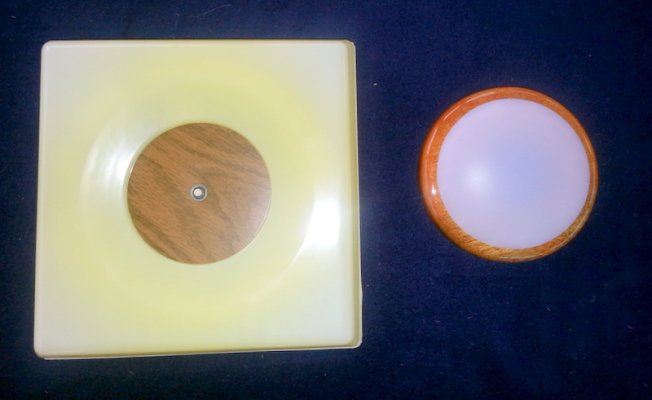

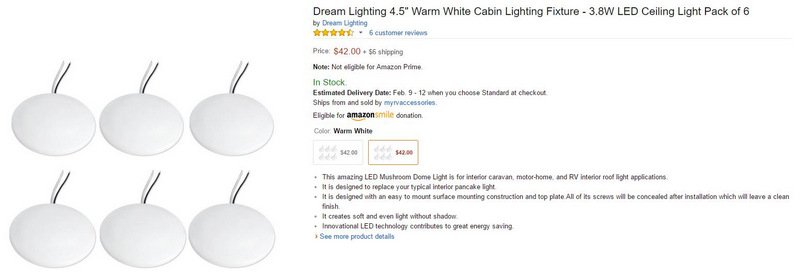
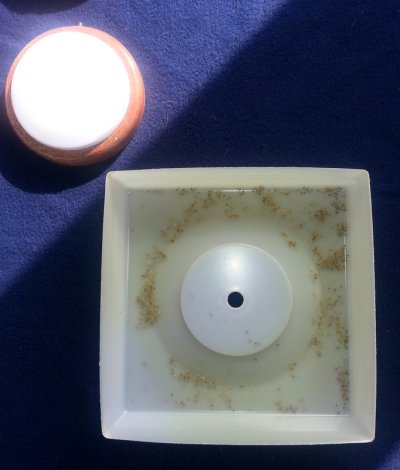
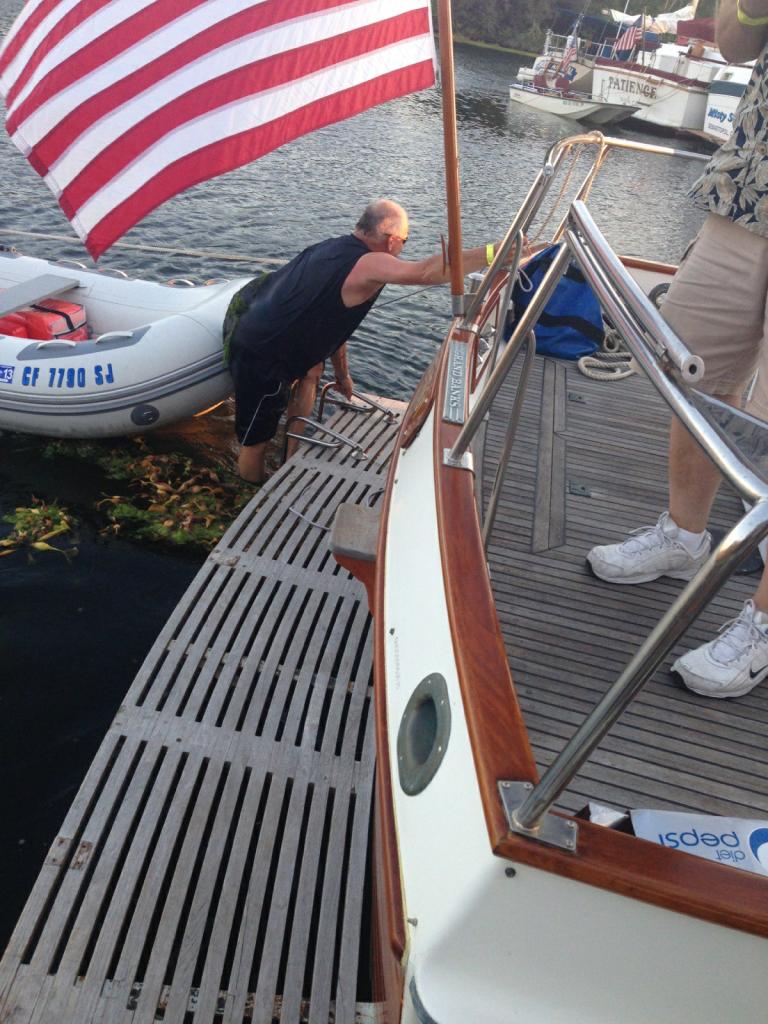
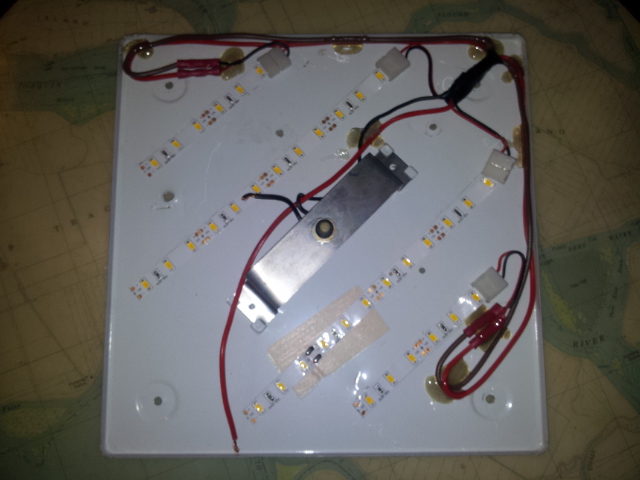
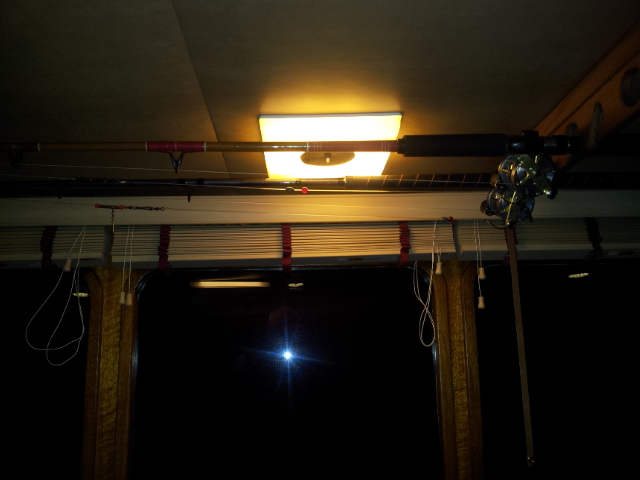
![unnamed[8].jpg](/data/attachments/44/44873-76a86bc4a09fecaf4ce650ccc2abd597.jpg)
